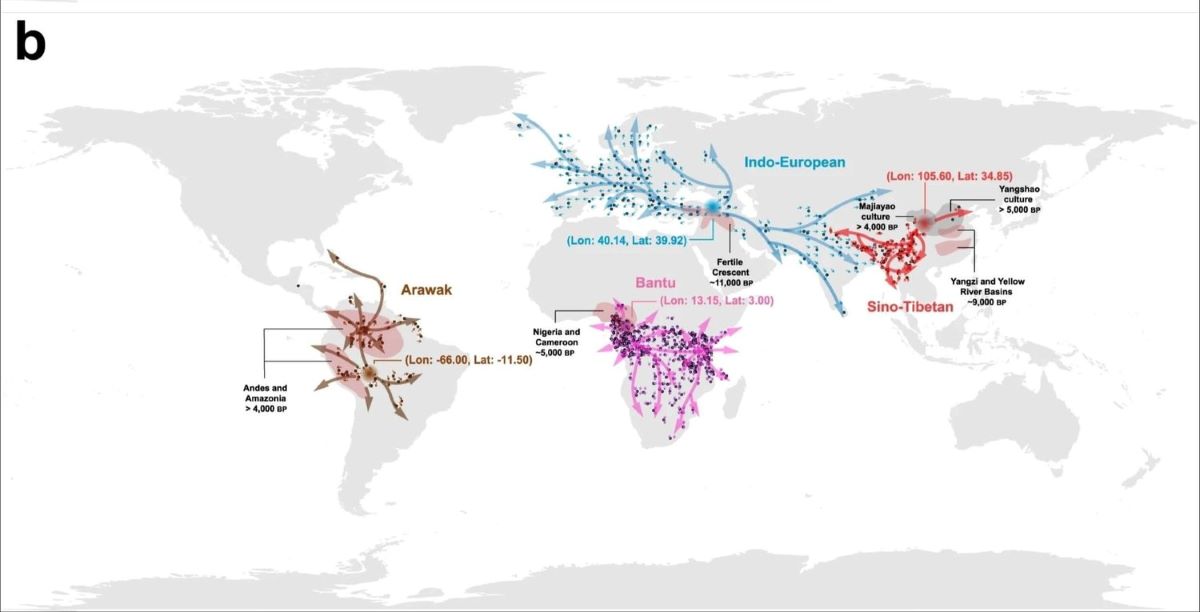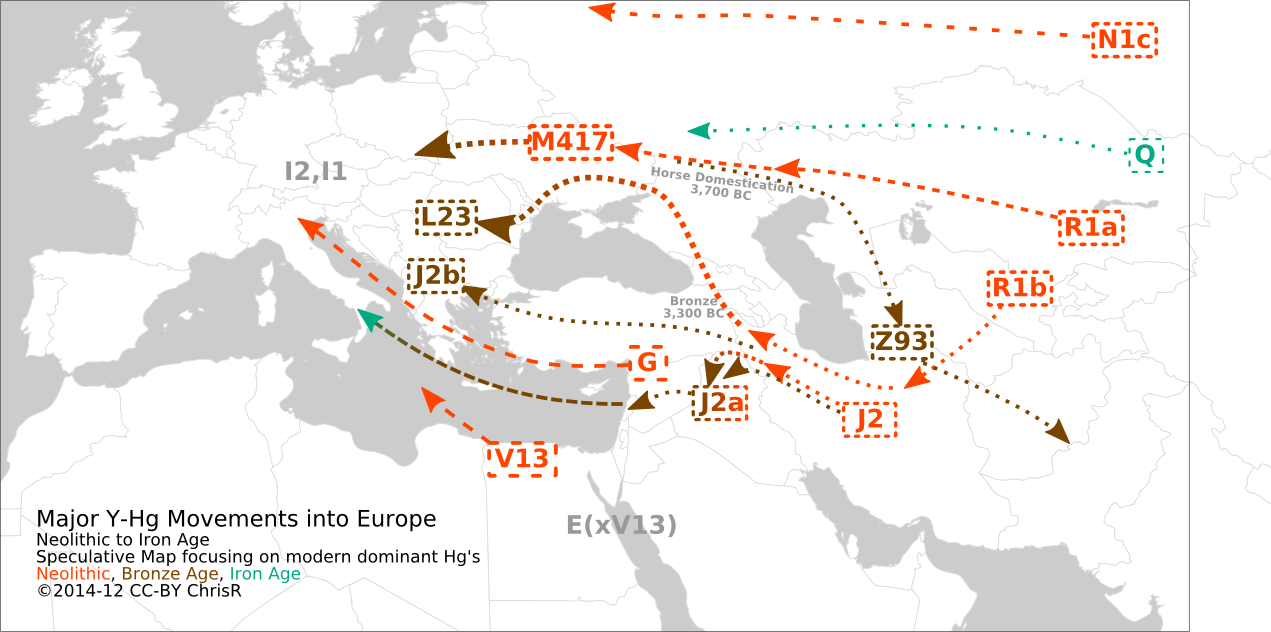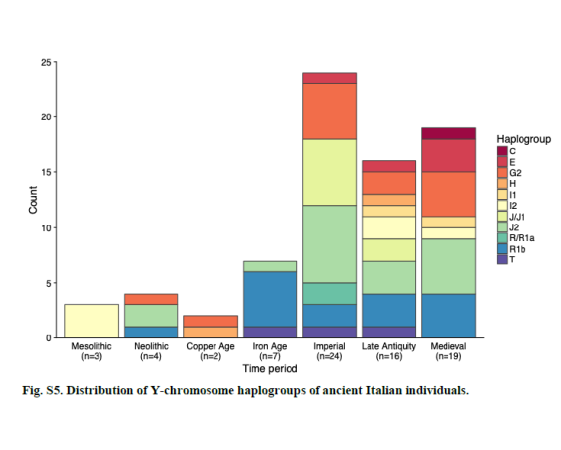I've moved most of the discussion of Magna Graecia, Dorians, etc. to a more appropriate thread:
Again, Himera was founded by Ionians in the second phase. LBA Cretans, which overlaps with Modern Puglia were Dorian-Speakers. The people who colonized Puglia were also Dorian-Speakers. Dorian Speakers also colonized a large part of Sicily. Achaean-Doric were likely genetically similar to...
www.eupedia.com
Clearly Magna Graecia is essential to the OP, since it argues that 1/4 of the Modern Northern Italian genetic profile comes from it; with 3/4ths coming from BA/IA Italians.
Nevertheless, it was becoming less and less about Northern Italy.
This is an interesting dynamic in the discourse of Italian genetics though.
Everything, even Northern Italian genetics, is reducible to the so-called "Near East" input.
Furthermore, it is is reducible to a matter of two theories:
So-called "Near east" component being conflated with non-steppe-related CHG coming from Greek influence. Or coming from a panmixia of Imperial era immigrants; notably Levantine.
As I said earlier, and I'm sure it is abundantly clear by now, I am a proponent of it coming primarily from Dorian Greek colonization in Magna Graecia, and the legacy of Greek/Balkan influence. I think most of the participants in this thread would agree with that.
Sorry for my choice of words but yeah not sorry.







